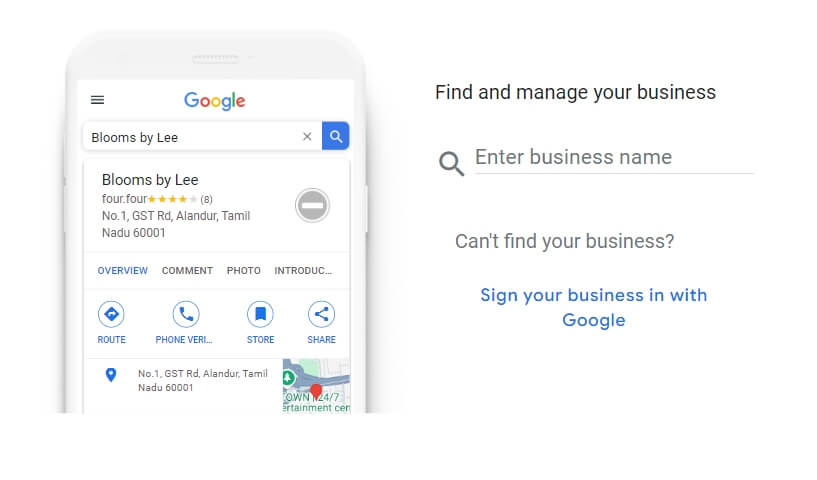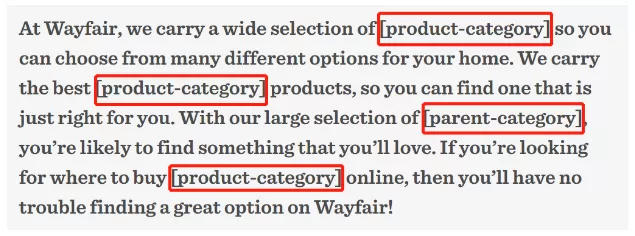Search engine positioning is the practice of optimizing individual web pages to rank higher when searching for specific keywords.
It differs from search engine optimization (SEO) in that it focuses on optimizing a single webpage rather than the entire website.
In short, search engine positioning is a subset of SEO.
While SEO encompasses broader strategies to improve a website's overall performance in search engines, positioning focuses specifically on achieving higher rankings and visibility for targeted keywords or pages.
Positioning is a continuous and dynamic process.
It involves constantly monitoring, analyzing, and adjusting strategies to adapt to evolving search engine algorithms and user behaviors.
Why Search Engine Positioning is Important
Search engine positioning is crucial because it improves the visibility of web pages in search results, leading to more organic traffic, credibility, and a competitive edge in the market.
It’s important to note that ranking isn’t just about achieving a higher position.
Instead, it focuses on improving search visibility, such as through SERP (search engine results page) features like featured snippets.
Here’s how search engine positioning can benefit your brand:
Increased Organic Traffic
Optimizing web pages can help you rank higher in search engine results for a wide range of search terms and improve page visibility by securing SERP features.
This can significantly boost organic traffic, as top-ranking search results receive the highest click-through rates (CTR).
Surpass Competitors
By securing higher search engine rankings and featured snippets, your page will be one of the first users see when searching for relevant keywords.
Visibility helps you stand out from the crowd.
This is especially important in saturated niches where many other websites are competing for the same customers and keywords.
Build Authority and Credibility
Higher visibility in search results translates to greater trust and credibility in the eyes of users.
When your website consistently appears near the top, it signals that you are a reliable and authoritative source in your industry.
This can be a powerful differentiator, especially when customers are evaluating multiple results.
1. Build Niche Authority
Search engines aim to deliver the most relevant and comprehensive content to users.
When you create content that covers all aspects of a particular topic, you demonstrate to search engines that you have in-depth knowledge of the subject.
You can achieve this by organizing your content using topic clusters—a pillar piece of content with several related pages or articles linked back to it. This interconnected structure signals to search engines that you’ve thoroughly explored the topic.
2. Produce High-Quality Content
High-quality content satisfies user intent, engages users, keeps them on the page longer, and encourages interaction in the form of comments and shares.
When users find valuable content that answers their questions or solves their problems, they are less likely to leave your site quickly, reducing bounce rates.
This indicates a positive user experience.
3. Optimize Click-Through Rate (CTR)
In addition to optimizing content for visibility, you should entice users to click on it.
You can achieve this by focusing on meta tags and descriptions.
These are HTML tags that appear in search results and provide more information about the page to search engines and users.
Title tags are also known as meta titles, title tags, or SEO titles.
4. Update Existing Content
Google and other search engines prioritize fresh content and consider it a key ranking factor. This is because their goal is to provide users with relevant and timely information.
For example, when someone searches for "best video editing tools," Google understands that they likely want to know about this year's top tools, even if the user doesn’t explicitly spell it out.
This is why it prioritizes displaying up-to-date results.
5. Optimize for SERP Features
SERP features can greatly enhance your search engine positioning efforts. These features can increase your visibility, provide more context for users, and lead to higher click-through rates.
We’ll discuss why you should consider them in your search engine positioning strategy and how to optimize your content to appear in search spaces.
Here are some common types of SERP features.
6. Use Internal Links
Internal links play a crucial role in distributing page authority, facilitating crawling and indexing, and creating topic clusters on your website.
Internally linking pages can signal topic clusters to search engines and help them understand the context and relevance of your content. When search engines can associate your content with specific topics and themes, they are more likely to rank your pages higher for relevant search queries.
A good practice is to link to new pages when publishing older ones. This helps search engines effectively use the crawl budget allocated to your site to discover new pages.
7. Optimize Relevant Anchor Text
Anchor text helps search engines and users understand the context of the linked page.
Optimizing anchor text can help convey context and improve your page's ranking. It can also improve the crawlability and indexing of new pages.
Make your anchor text descriptive and use keyword-rich anchor text.
For example, if you are linking to a page about "best running shoes," using "best running shoes" as the anchor text clearly signals the page's content.
8. Improve Your Core Web Vitals Score
Core Web Vitals determine the user experience of a page, which is an important ranking factor. Improving them is one of the best ways to boost your search engine rankings.
In Google Search Console, you can view your Core Web Vitals report.
This report provides insights into page load speed, interactivity, and user-friendliness.
There you can identify areas that need improvement.
Key Points
Search engine positioning refers to how your webpages rank in the SERPs for specific keywords or queries. Positioning is a subset of SEO that focuses on optimizing individual pages for higher rankings and visibility in organic search results.
You can improve your search engine rankings by following strategies and best practices such as updating existing content, creating effective meta descriptions and title tags, utilizing internal links, and improving website authority and Core Web Vitals scores.
Conclusion
Search engine positioning is a vital part of SEO. It focuses on improving the search engine visibility of webpages for specific keywords and queries.
Positioning isn’t just about ranking higher on SERPs. It also enhances your visibility and encourages users to click on your pages.
Use both on-page and off-page SEO practices to improve the search engine rankings of your pages.





